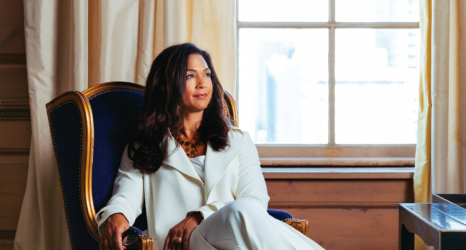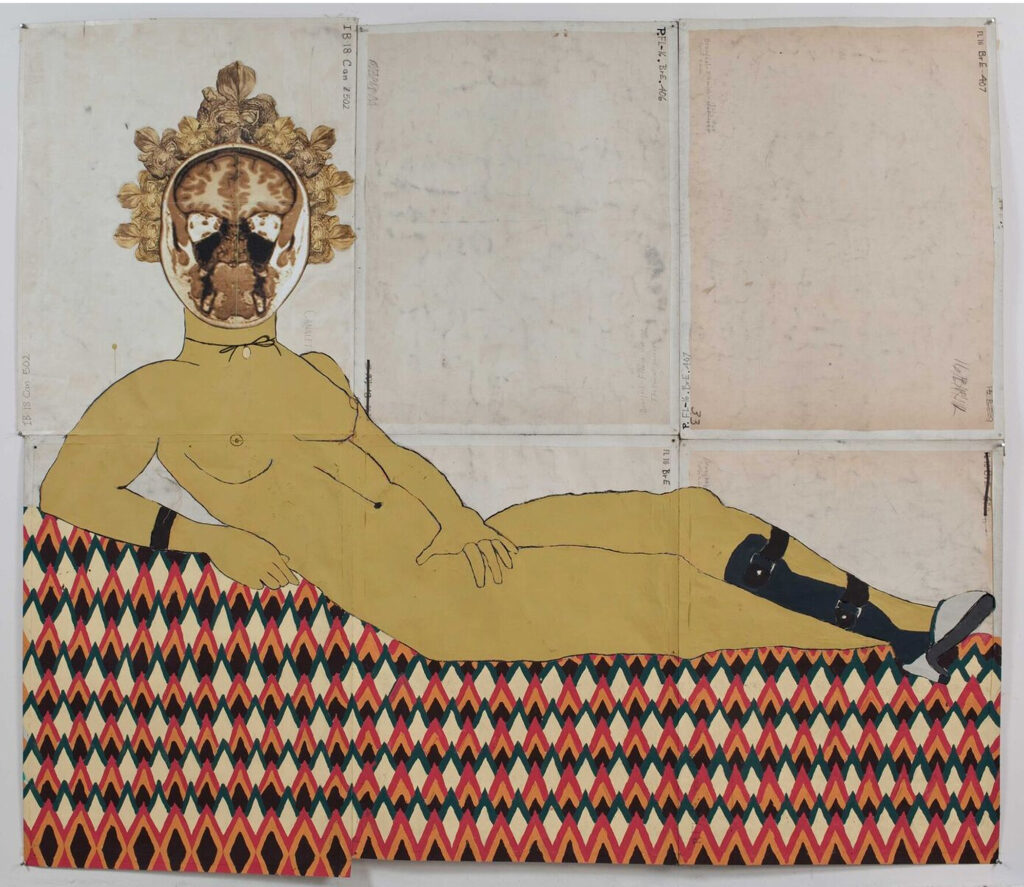
In a world where the meaning of “feminism” is increasingly being questioned by those on both the right and the left, thoughtful contemplative examinations of its history and future can be hard to find. But the Oakland Museum of California’s “Hella Feminist” exhibition does just that.
“We weren’t interested in offering a hall of sort of heroes of that era,” said Erendina Delgadillo, OMCA’s former Associate Curator of history, who curated the exhibition in collaboration with art curator Carin Adams and learning, experience and programming manager Lisa Silberstein. The result of their interdisciplinary collaboration is a showcase that doesn’t shy away from the messier parts of feminist histories—while simultaneously lifting up the forgotten histories of Bay Area feminist icons that have gone untold. In a time where censorship of these more controversial histories is rampant, it’s an intervention that meets the moment.
“The community aspect felt really important,” Delgadillo tells Ms. “It’s another tenet of this moment we’re in—it feels central that we focus away from the individual, and towards the collective, towards a shared experience rather than just individual interests or needs.”
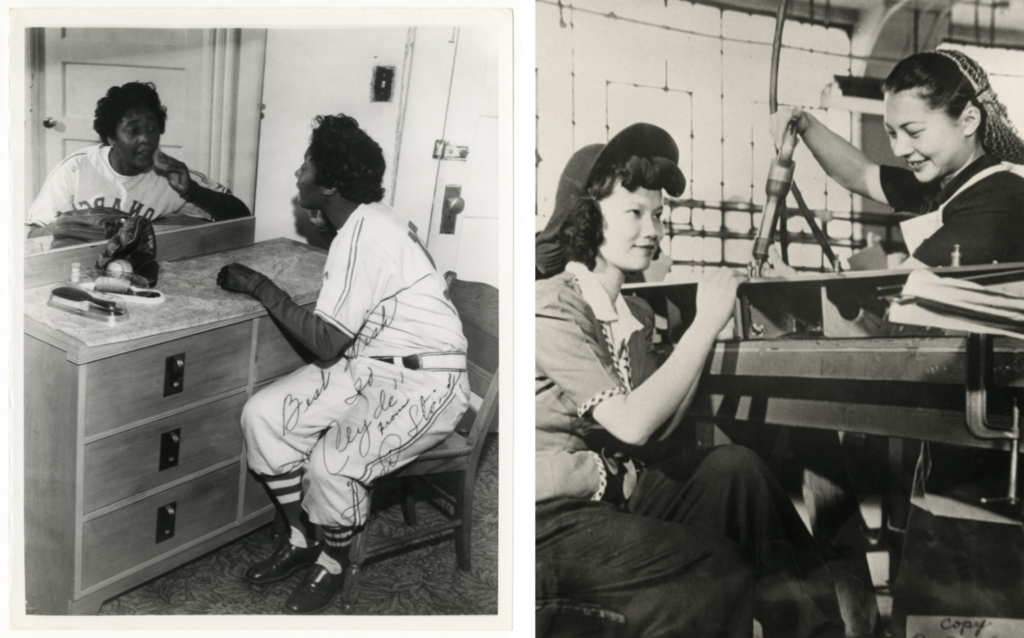
While the exhibition was originally slated to go up in 2020, to coincide with the 100th anniversary of the ratification of the 19th amendment which secured the right to vote for (white) women, the COVID-19 pandemic delayed the exhibit significantly. But the curators tell Ms. that it was a blessing in disguise—giving them the opportunity to revisit the collection, and re-tool it for the current moment. Initially conceived in a post-Me-Too moment context, the shadow of Roe v. Wade‘s recent reversal now hangs over the gallery, lending it a new urgency.
The result is an exhibition that isn’t just a showcase of “feminist artwork”—it goes deeper, tapping into local histories spanning centuries, cultures, and viewpoints. Divided into sections demarcating “mind,” “body” and “spirit,” which explore different ways we interact with feminism on a personal and structural level, the show goes beyond simple framings of feminism as a single cohesive movement, or the linear understanding of feminist “waves.”
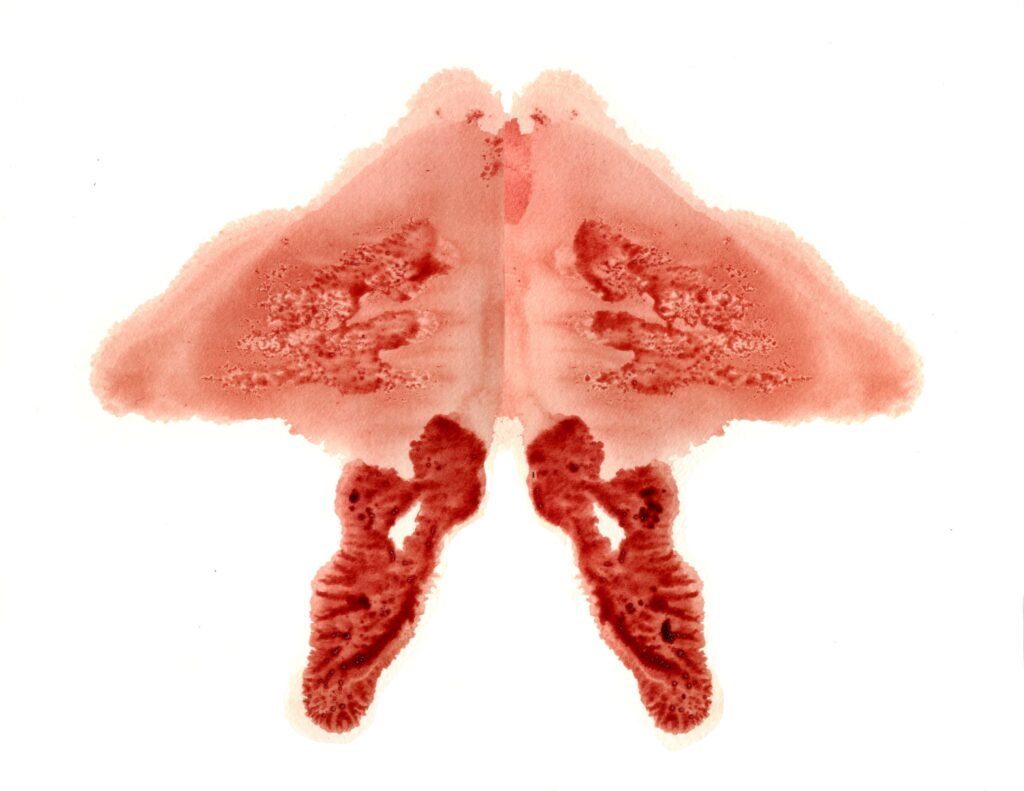
“Hella Feminist” also leans into the importance of local histories and community—the exhibition pulls heavily from the museum’s collection of artifacts, and its creation was informed by what the curators call a “convening” of local artists and thinkers. From this collaboration emerge a series of stories that the viewer may never have otherwise learned about—for instance, the story of Katherine “Kitty” Smith, a formerly enslaved woman who came to California and built a new life for herself in Oakland.
The story of Katherine Smith – a woman who escaped enslavement, moved to Oakland, and lived to be nearly 100 years old – is just one of the incredible exhibits at the new @oaklandmuseumca #HellaFeminist show. Highly recommended https://t.co/yMkoLNqhbf pic.twitter.com/cYNLqCeXN4
— East Bay Yesterday (@ebyesterday) July 29, 2022
“We started out with a really intentional constraint to pull from our collection for historic artifacts,” Adams told Ms. “So in some ways, the journey of this exhibition was realizing what this institution doesn’t hold, and and how to take things that had not ever been put on view before, and certainly hadn’t been interpreted through the lens of feminism.” The result is a carefully curated space that feels less like a gallery and more like an immersive experience—from the historical photos of working women, to Angela Hennessy’s massive sculptures created from hair and metal, to an entire wall of portraits of feminist heroes by artist Miriam Klein Stahl (the illustrator behind Rad American Women A-Z ).
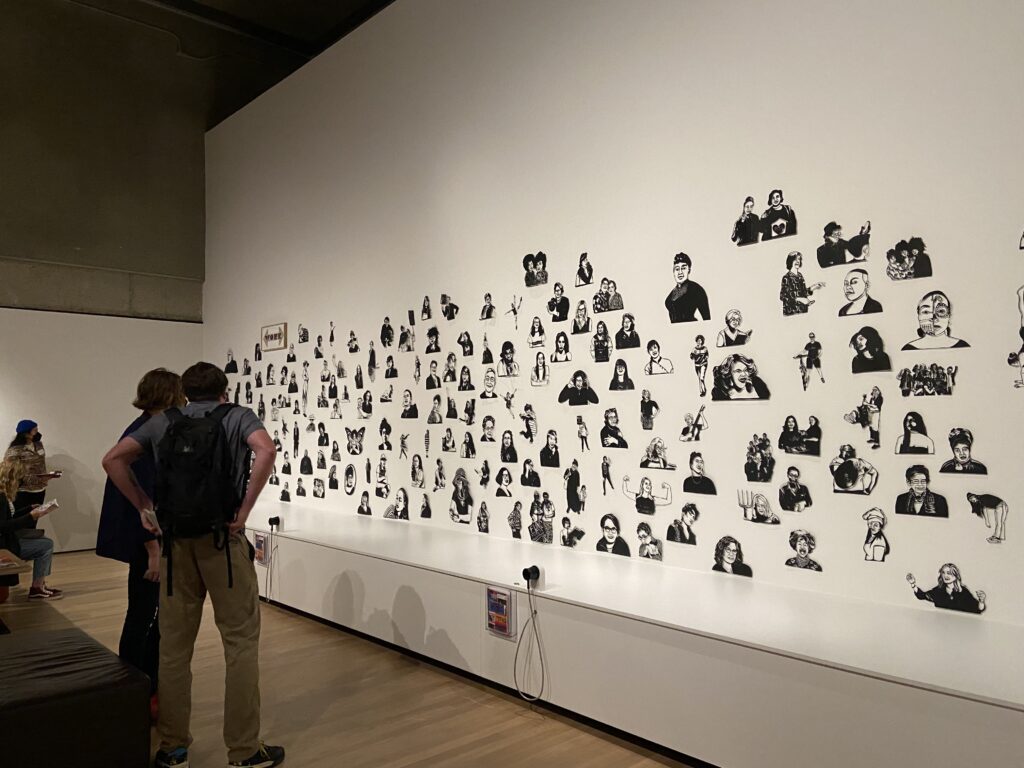
The COVID-19 delays also allowed the curators the opportunity to better respond to the fundamental changes in abortion rights and access that took place via both state-level bans and the recent Supreme Court ruling in Dobbs v. Jackson. In re-convening the artists and community members whose meeting initially guided the exhibit, they say that overwhelmingly everyone needed a space to hold the grief and heavy feelings they’d been working through.
In response, the exhibit now includes a phone line where visitors can leave messages of support and share their own stories, as well as spaces for meditation and reflection, including an altar. “We wanted a recognition that again, we may be here in California, but we certainly feel for our fellow woman, person, human,” Delgadillo told Ms. “We wanted to provide an opportunity to recognize that, and to try to work it through—which is not something we always have, especially in Western society these days.”
Several of the pieces commissioned for the exhibition also invoke community ties and the healing nature of being together through times of pain and trauma. Museoexclusion Exorcism from artist Tanya Aguiñiga, which was commissioned for the purposes of the exhibition, incorporates stories from members of the artist’s community—ranging from ceramic creations to undergarments to literal text message exchanges, all woven into a massive wall hanging that envelops the viewer.
Altogether, the exhibition’s stories weave together deftly to capture the complexities of feminism in this current moment, while also de-centering the dominant narratives that have historically erased the work of feminist artists and activists of color. “Navigating the complexities of feminism and and trying to de-center whiteness and make it more complicated, just acknowledge it for the complexity that it bears, is something that we’re trying to do not just in what we have on view, but also in experiences for people that we’ve crafted,” Adams noted.
“And modeling that this is an ongoing conversation, leaving as many open ends as possible, and an invitation to continue that conversation, hopefully in a way that’s generative and human centered,” Delgadillo added. “We wanted it to be more of a provocation than a publication.”
“Hella Feminist” is on view at the Oakland Museum of California in Oakland, California from July 2022-January 2023. Click here to learn more.
Read more:




